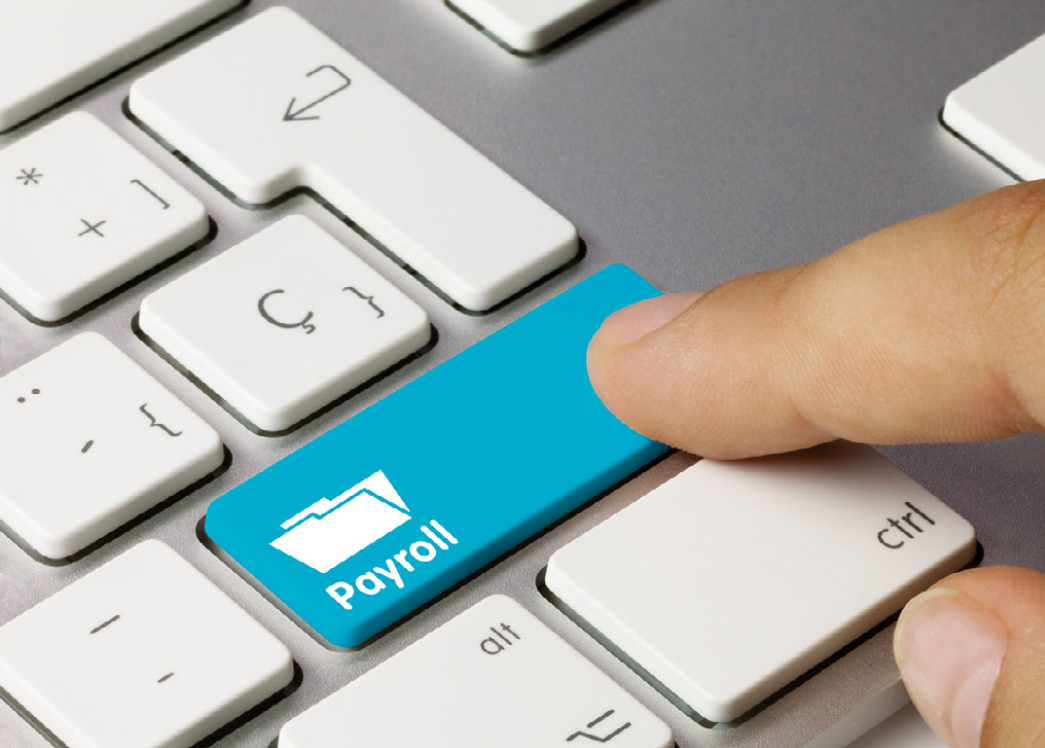Payroll Best Practices For SMB Manufacturing: How to Integrate your Payroll Practice Into Your Manufacturing Cost Tracking
You may be wondering, “How can I see COGS Labor and Expenses on my income statement in a way that makes sense for my business?” Let’s review two best practice methods you can consider for COGS labor tracking and payroll entry, and how these work within Cetec ERP.

The first method is Cetec ERP’s default method. Gross profit on your income statement will be real-time and accurate in the middle of a pay period. However, your net income will be overstated until you enter the payroll entry.
This method leverages Cetec ERP’s work order time tracking. The labor rate, which is location, work location, and/or user specific, by the amount of hours tracked. This helps companies understand actual production costs against estimates.
Our default method lets you map production labor costs to COGS Labor GL entries, which post to financial statements automatically and in real time, upon the closing of the work order through shipping or invoicing.
This method relies on your G/L Labor COGS & Labor Expense Mapping. Let’s walk through the setup.
You will debit a COGS Labor account, typically nested under Revenue. You will also credit the Expense account for Production Labor. For more details on this, you can see the How To video here.
It is extremely important to make sure you map your payroll GL entry to the right account. Map your payroll GL to the credit, cash, and debit. These are the same accounts as your GL mappings dictate. Be very careful that you do not map your payroll GL entries to COGS!
Many folks are accustomed to entering the payroll to credit cash and debit labor COGS. But if you do that, you’ll be double dipping, debiting Labor COGS twice. (This is a common issue after moving from Quickbooks to Cetec ERP.) View this white paper for more details on Cetec ERP’s default account mapping and ledger impact, and to see how labor tracking shows up in Cetec ERP as time is logged to a work order.
Despite all of its benefits, as we just saw, there are potential pitfalls of mapping your GL production payroll entries straight to COGS Labor.
People are accustomed to mapping their payroll entries directly to COGS Labor because they’ve never had a work order time-tracking system directly integrated to auto-post to COGS GL (to impact gross profit in real time).
If your time tracking numbers and respective rates post automatically to COGS Labor, you’re relying on the discipline of your shop floor employees and supervisors to accurately log time. During phase one of a new Cetec ERP implementation, this could feel risky.
Also, you may like having control over manually posting to COGS Labor to control your gross profit numbers at month’s end! It’s understandable. If this sounds like you, the manual method may be right for you.
The second method available through Cetec ERP, the manual method, has two main advantages. It gives you the choice to either map your payroll entry to COGS Labor - if you’re assuming all your production employees can reasonably be accounted to COGS - or to Expenses. It also lets you keep the benefits of production labor estimates versus actual cost reporting, while preventing production labor time from automatically posting to the income statement.
You choose where you want that number to sit in your P&L—under COGS Labor (impacting gross profit) or under Expenses (impacting net income) The trick is in your GL Mapping Settings. For setup details, view this white paper.
Please note that with Method #2, both gross profit and net income will be overstated until you enter the payroll entry for production labor.
Cetec ERP offers you the accuracy of labor time tracking that links automatically to your financial reporting, while also allowing you the flexibility to choose a payroll method that works best for the current needs of your business.
For more information, view our white paper entitled “Payroll Best Practices For SMB MFG” (linked earlier). This information was first presented as a breakout session at our annual user conference, ERPalooza.
